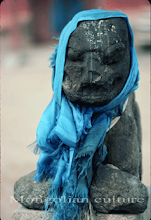- To help Mongolian ESL students remember the word order of English sentences, multilingual charts and posters around the classroom are constant reminders of how a sentence should be constructed – if a student gets confused, they can look at the wall and see the correct way
- Multilingual charts and diagrams are also a great way to help Mongolian ESL students remember articles and prepositions – It can be fun to assign the making of a poster that depicts various prepositions to ESL students, and then proudly display these posters
- Allowing ESL students to write in both languages is a great idea that will certainly help Mongolian students with a limited academic background improve skills in both languages
- A fun way to teach Mongolian ESL students the conditional tense is to give them a fake hundred dollar bill and ask them what they would buy – daily activities and support will help them to learn this tense
- To encourage Mongolian ESL students to be more talkative, take baby steps in class, and make sure they feel relaxed in the classroom by providing them with the option of speaking – never force them to speak
- Encourage quiet Mongolian students to work with other students cooperatively so they become accustomed to working with others in class
- Encourage the class to do research on various superstitions from around the world, and explain that many people accept them as truth
- Allow Mongolian students with a limited educational background to use a dictionary, to develop their first language along with English
- Contact students’ parents and brief them on the similarities and differences between Mongolian and Canadian culture
- Have Mongolian students make a poster board of important Mongolian figures and landmarks, and proudly display it to let the class know that all cultures are beautiful and accepted in the classroom













